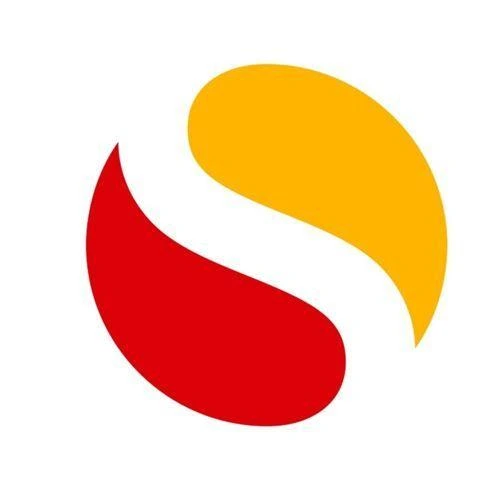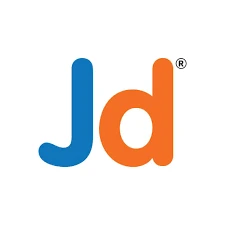The scope of 3D printing courses in India is quite promising and evolving rapidly. Here are some key points to consider:
- Industry Growth: 3D printing, also known as additive manufacturing, is witnessing significant growth across various industries in India. This includes sectors such as manufacturing, healthcare, automotive, aerospace, and consumer goods.
- Educational Programs: Several universities, technical institutes, and private training centers in India are offering specialized courses in 3D printing. These range from short-term certification programs to full-fledged degree courses in fields like mechanical engineering, industrial design, and materials science.
- Skill Demand: There is a growing demand for skilled professionals who can operate and manage 3D printers, design for additive manufacturing, and understand the materials science and engineering aspects of 3D printing technologies.
- Entrepreneurship Opportunities: The accessibility and versatility of 3D printing technology enable entrepreneurs to start small businesses focusing on customized manufacturing, prototyping, and even specialized medical applications.
- Government Initiatives: The Indian government has been actively promoting initiatives such as 'Make in India' and 'Skill India', which indirectly support the growth of advanced manufacturing technologies like 3D printing.
- Research and Development: Research institutions and companies in India are increasingly investing in R&D related to 3D printing, aiming to innovate and develop new applications and materials.
- Challenges: Despite the positive outlook, challenges such as high initial costs of equipment, the need for skilled workforce development, and regulatory frameworks for materials and medical applications remain areas of concern.
Overall, pursuing a course in 3D printing in India can lead to promising career opportunities in diverse industries, especially for those with a passion for innovation and technology. It's a field that combines creativity with technical skills, making it attractive for a wide range of professionals and entrepreneurs.




 4.8 (21,636) reviews
4.8 (21,636) reviews


 Read more
Read more 